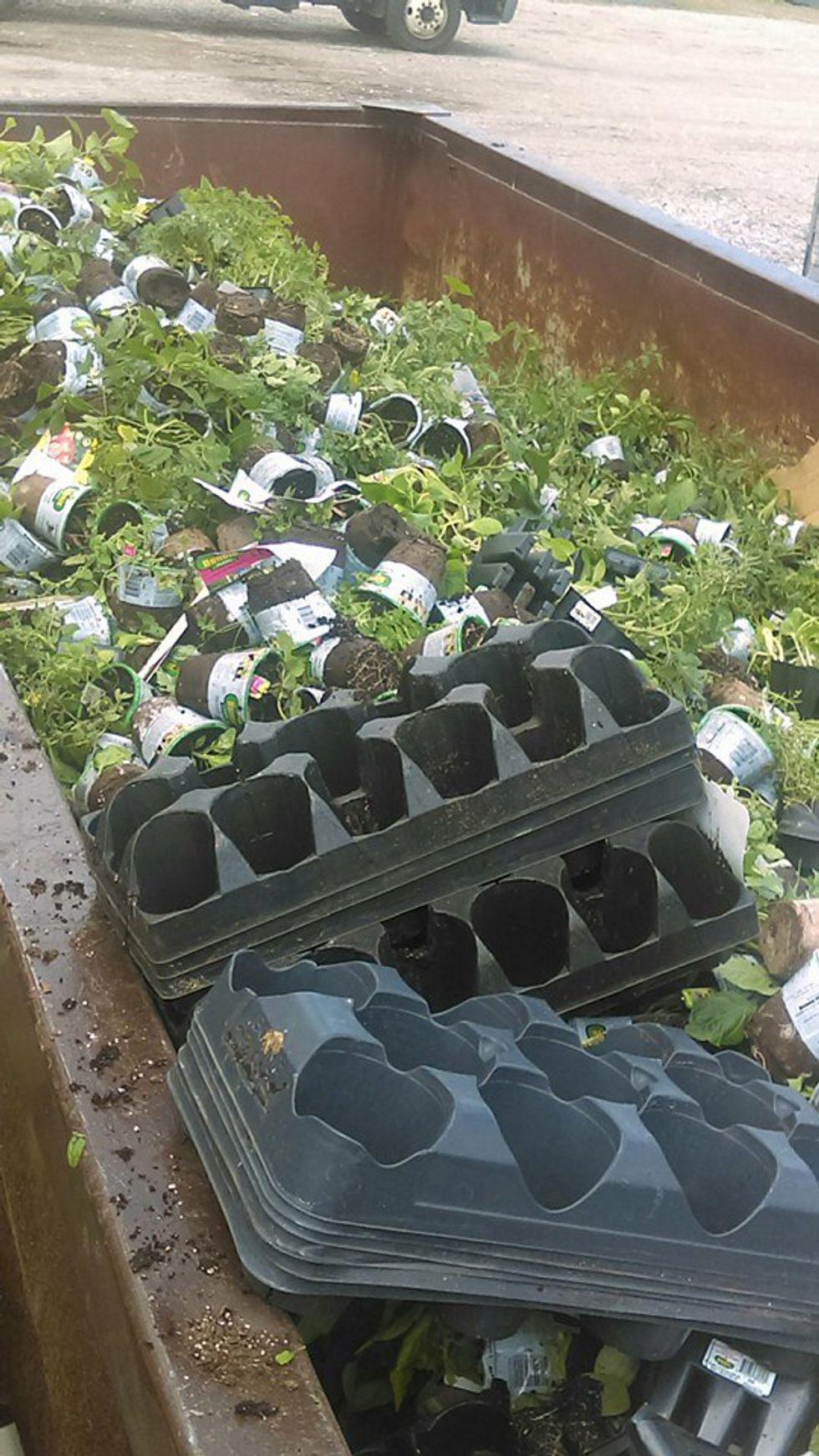This year I decided to volunteer at a large-scale production plant nursery in a nearby town. I truly enjoyed being apart of the growing process of plants before they are shipped to larger retail home improvement stores, such as Home Depot and Lowe’s. Unfortunately, there is a strict standard of how a herb, fruit or veggie is supposed to look. Larger retail home improvement stores do not what would otherwise be perfectly good produce, simply due to cosmetic imperfections. Thus, I helped throw away an estimated $1000 dollars in growth. While it’s easier to understand food being wasted because it’s rotten or potentially contaminated, these herbs, fruits and veggies in the city dump may have had only one two brown leaves. Knowing that people go without food every day, this waste was hard to stomach.
In the USA, 30-40% of the food supply is wasted, equaling more than twenty pounds of food per person per month. In addition, organic food waste is the second highest component of landfills, which are the largest source of methane emissions.
The true question is what can we do to help reduce food waste in America. So many times when people shop it is often a subconscious act. I suggest shopping smarter and thinking about what you are buying and when it will be eaten. Be more of a mindful eater and request smaller portions. Donate to food banks and become a conscious consumer. If we each take these small steps, we can help those who need food and eliminate waste.





















